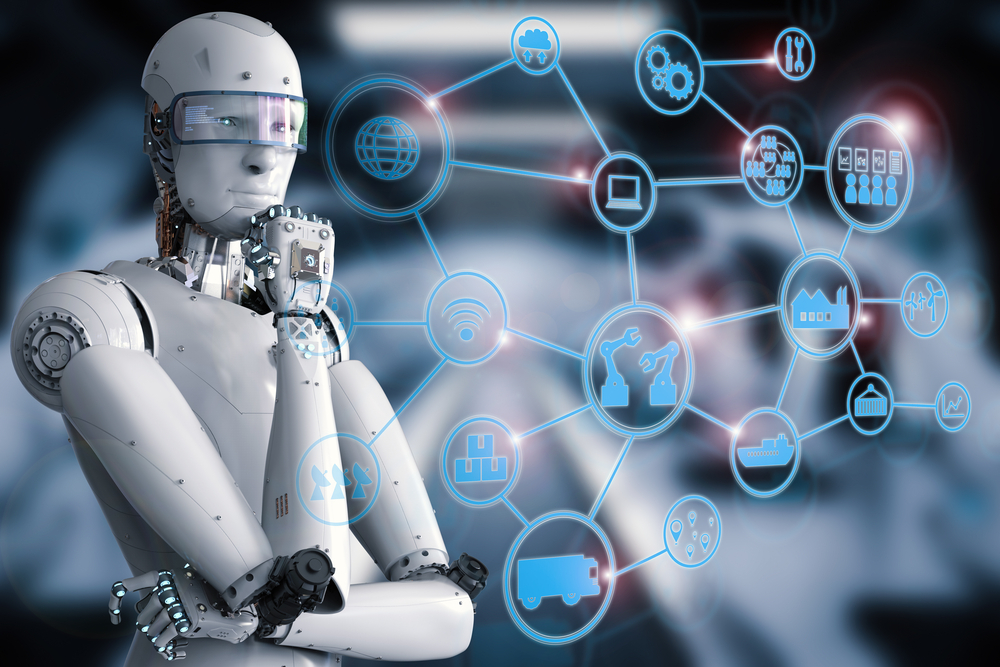In this day and age, the web design and development industries are changing at an unbelievably quick rate. People want to have sites that are secure, scalable and have tons of features. The users’ desire for better web experiences accompanied by personalized content is expanding, too. In short, Internet users want to be able to use functional and smart sites that provide them with hyper-individualized experiences.
Almost 30 years ago – in 1993 – the emergence of the Mosaic graphical web browser launched a revolution in the way Internet users perceive website content. Ever since this moment, website designers and developers in San Francisco have spent years trying to provide precise and clear meaning to user experiences on the World Wide Web.
Some of these huge changes occur because of progress in technology. For example, the emergence of broadband internet allowed access to multimedia content. Similarly, HTML5 appeared. In the meantime, other alterations had come from different data-driven studies of what works and what doesn’t and a process of continuous repetitions when specialists wanted to get perfect results.
Users’ demands transform their expectations for more individualized website content and experience. This is why web design and development firms in San Francisco must generate innovative ideas instead of sticking to conventional approaches, tactics, and strategies. This way is essentially the only way to succeed in today’s market.
Artificial intelligence (AI) is critical today. Technology redefines all the conventional web design and development notions and takes them one step further by focusing on user experience as the highest priority. Nevertheless, before taking a better look at how AI is changing the industry, it is crucial to get at least a basic idea of what artificial intelligence is.
Artificial Intelligence in a Nutshell
Artificial intelligence is a section of computer science that deals with making intelligent machines that work and react to the world like humans do. These activities have to do with learning, planning, problem-solving, voice recognition, and more. Moreover, AI is a way for machines to learn, think, and sustain other processes similar to these. This area of study and development attempts to make all computers smart. Like actually intelligent. With the steady advancement of machine functionality, mental resources for people that once were considered to require intelligence will eventually become obsolete. Machines will take up new roles.

Pros of using AI
User Experience
It is the most crucial aspect of website design. If a visitor to your website cannot use it efficiently and effectively, they will almost assuredly go elsewhere. As we know, users of a website are visitors (and will share their experiences). It is crucial to ensure that your products are easy to find and that clients can easily buy them. Many customer-centric web applications are starting to rely on AI to improve customer experience.
Personalized Content
Content rules (whether blogs, videos, or articles). By implementing artificial intelligence on your website, you can show certain audience members content that is designed just for them. AI can also suggest new videos, music, and other relevant content for users based on past behaviors. Users can also feel comfortable discovering new content and trust that they’ll find such content relevant.
Artificial Intelligence as a UX Element
The first and most obvious way in which artificial intelligence is changing the face of modern website design is in the countless artificial intelligence tools that are becoming standard for modern design. The most obvious example of this is the explosion of chatbots that became a fixed element in almost all website properties in recent years. In theory, they are meant to close this gap in a completely new type of website interface, one driven by conversation instead of touching or clicking.
At first, chatbots were based on little more than pre-programmed conversation paths. But these lead to rather disappointing results. The latest chatbots however now use sophisticated natural language processing systems to create meaningful conversations with visitors who don’t follow guided paths. Now that these new artificial intelligence chatbots are reaching maturity, they will almost certainly become ubiquitous soon enough.
Cons of using AI
What about Humans?
According to a study conducted, by the year 2030, up to 90% of all jobs will be in danger of being replaced by smart machines. These professions may include web design, graphic design, and mobile application design. Since AI has proven to be more efficient in terms of content formation to adapt to various devices, will we even need to know how to code?
Problems with Privacy
Artificial intelligence and machine learning can be built to monitor consumer behaviors and online interactions. These functions often make many consumers uncomfortable. Particular software, when combined with artificial intelligence, has unlimited potential to extract data and other information from customers. This sticking point could frighten consumers – especially when 94% of them want to do business with companies that are fully transparent.
Conclusion
There are quite a few ways artificial intelligence can affect the web design and development industry. And while there are several cons to integrating the technology into the design and processes, the pros outweigh them by securing a higher level of quality and usability of created websites. Moreover, if you use AI to help you build some parts of your web project, it doesn’t mean that there will be no place for humans. For example, if you are a web design studio and you create a website for a company, they will still have to interact with customers when making deals, providing support, or having email correspondence.
As a team of web designers and developers, you want to provide your customers with the best possible solutions for building websites and this is, first and foremost the thing that the use of AI in the design and development process guarantees.

